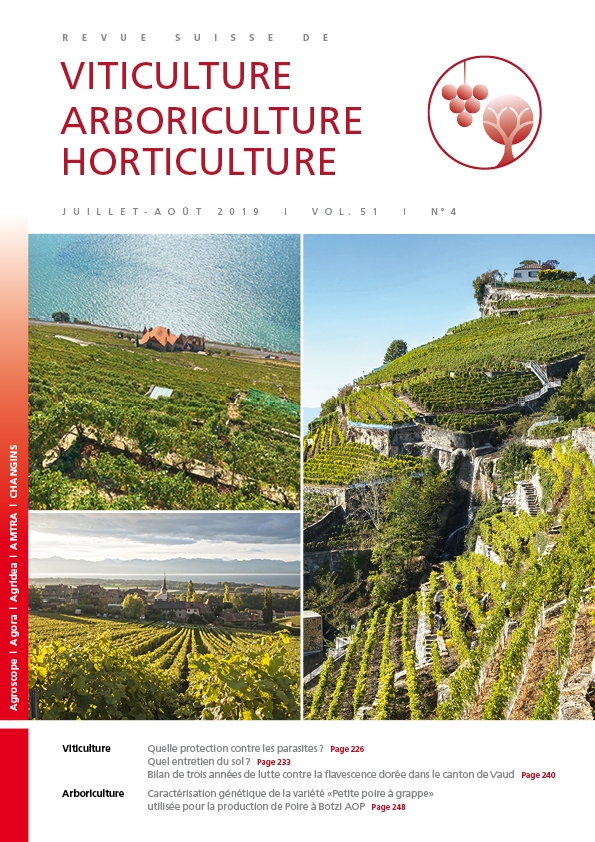
Issue 4 - July - August 2019
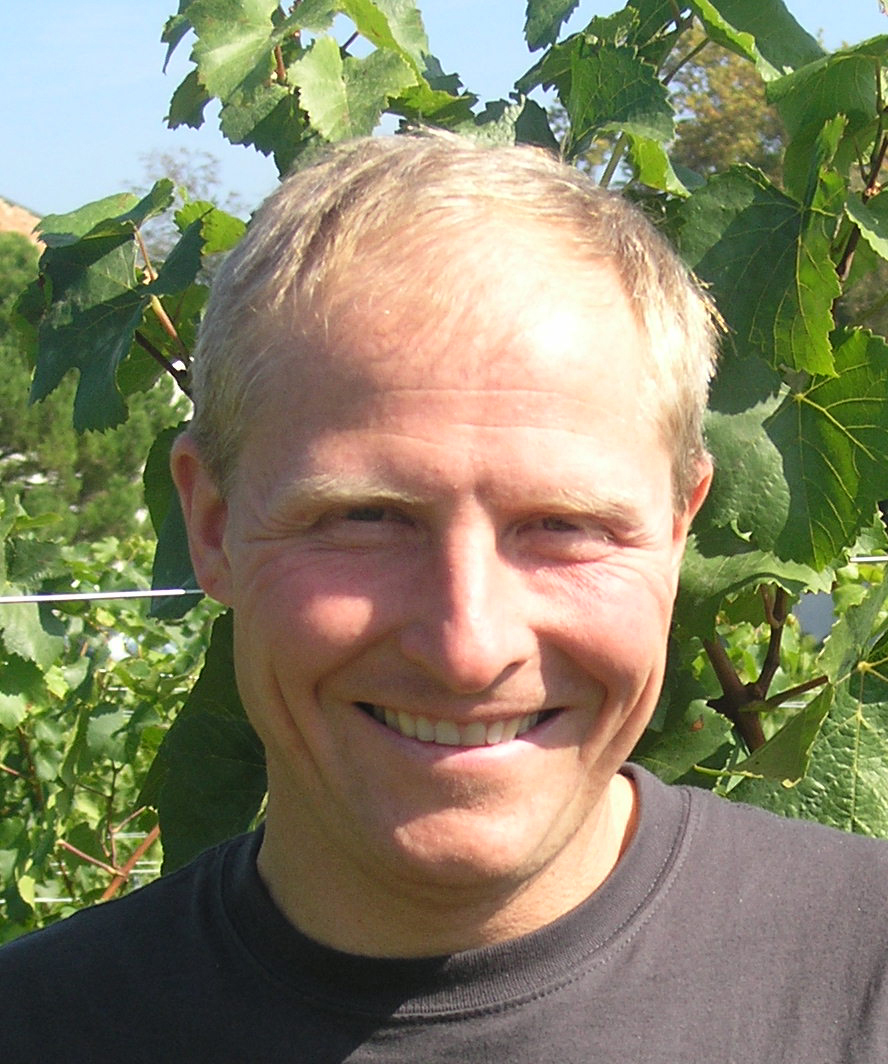
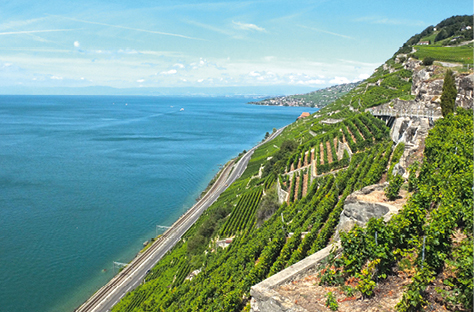
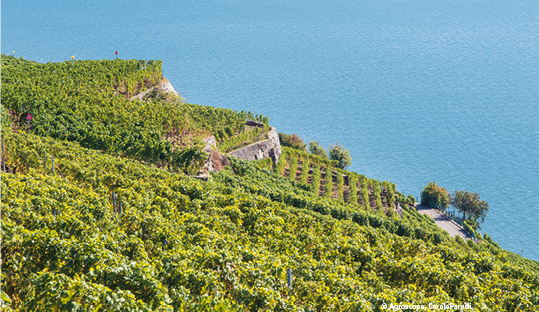
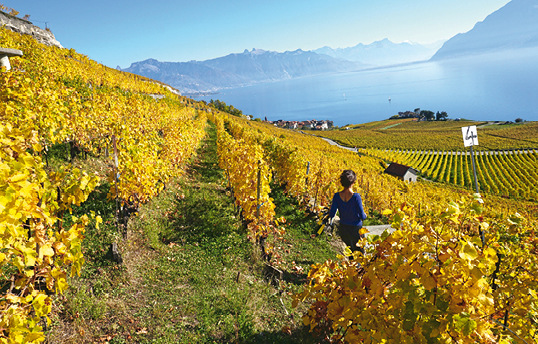
Abstract in open access
Grapevine Flavescence dorée (FD) appeared in Switzerland in 2004 in canton Ticino. A complex disease, it involves interacting plants, insect vectors and an infectious phytoplasma causing the disease. FD was reported in 2015 in French-speaking canton Vaud. It is an epidemic, quarantine disease, subjected to mandatory control measures in order to fight it, such as the exhaustive surveillance of affected areas, including neighbouring healthy vineyards, the destruction of symptomatic vines and stocks in order to reduce inoculum pressure, the fight against the leafhopper vector Scaphoideus titanus and the replacement of diseased vines with healthy ones, as certified by their accompanying ZPd4 phytosanitary passport. These complementary, yet relevant strategies helped slow down the disease and make it possible considering its eradication in the near future.
Keywords: Grapevine Flavescence dorée, Scaphoideus titanus, Bois noir, French-speaking Switzerland
E-Mail: santiago.schaerer@agroscope.admin.ch
Adress: Agroscope, 1260 Changins/Nyon
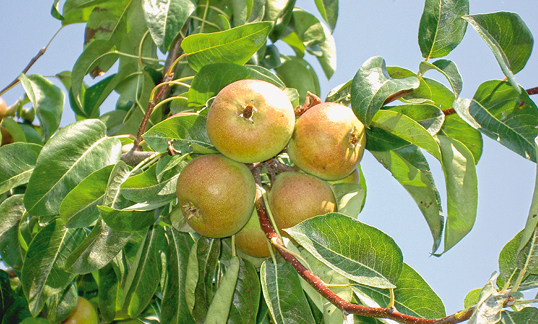
Abstract in open access
Poire à Botzi is currently the only fresh fruit variety to benefit in Switzerland from a protected designation of origin (AOP). This pear is produced from the variety Petite poire à grappe and gives small sized fruits of different colors, harvested in August. It is an old variety, which is growing in the Canton of Fribourg, and is usually consumed as cooked pears, especially during the traditional popular festival of Bénichon. The genetic characterization of this variety was carried out using 10 microsatellite markers on individuals sampled through out the whole territory covered by the protected designation of origin (production trees, nurseries, traditional high-stem trees). This study allowed for the genetic profiling of this pear variety and revealed that there is only one Petite poire à grappe genotype expressing several phenotypes according to environmental conditions.
Keywords: Genetic profiling, pear, microsatellites
E-Mail: francois.lefort@hesge.ch
Adress: Hepia, 1254 Jussy
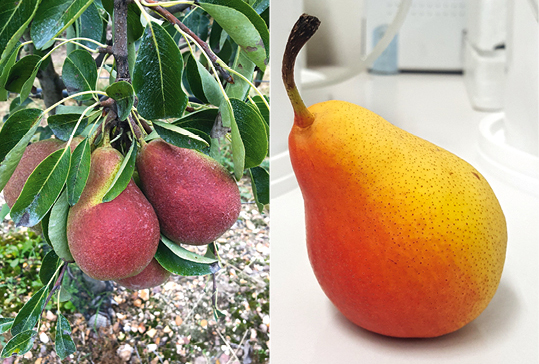
Abstract in open access
The new pear cultivar CH201, marketed under the trademark FRED®, is issued from the breeding program of Agroscope. Its behavior during storage under regular (RA) and controlled atmosphere (CA) was tested between 2014 and 2018. The results show an excellent maintain of firmness under both RA and CA conditions until April/, as well as under shelf life conditions at 20 °C. The pear is nevertheless susceptible to the development of cavities under CA. Our study showed however that a low CO2 level (≤ 1 %) and a 4 weeks CA-delay helped to reduce the development of this physiological disorder. The influence of factors related to the orchard (soil, orchard management, climatic conditions, etc.) is also determinant in the apparition of cavities.
Keywords: pear, storage, firmness, internal cavities
E-Mail: severine.gabioud@agroscope.admin.ch
Adress: Agroscope, 1964 Conthey
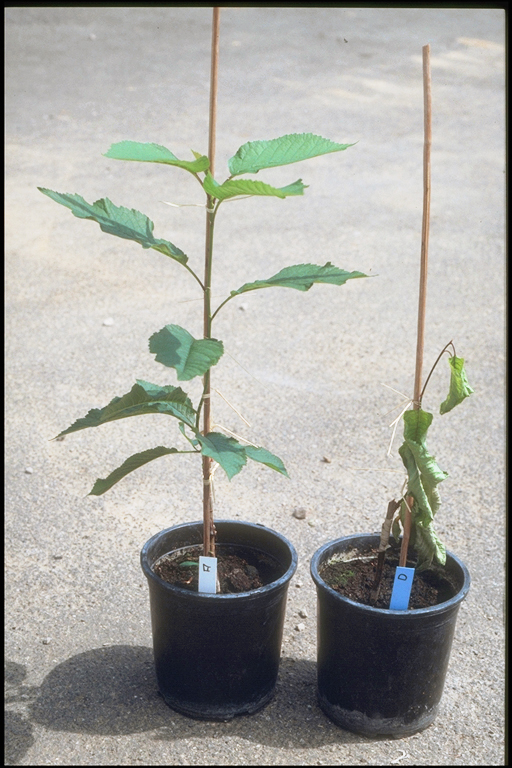

 Download of full issue
Download of full issue
 Download article
Download article Download article
Download article